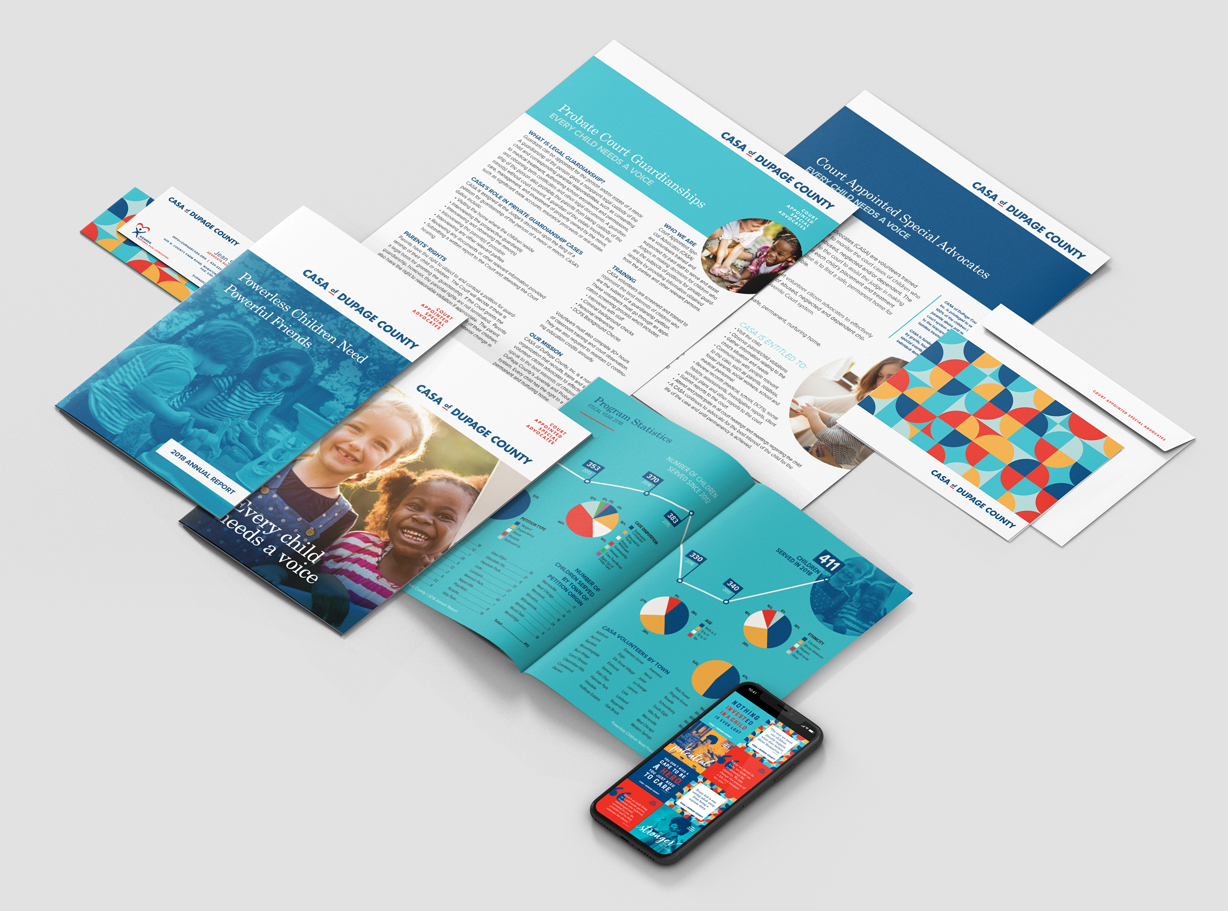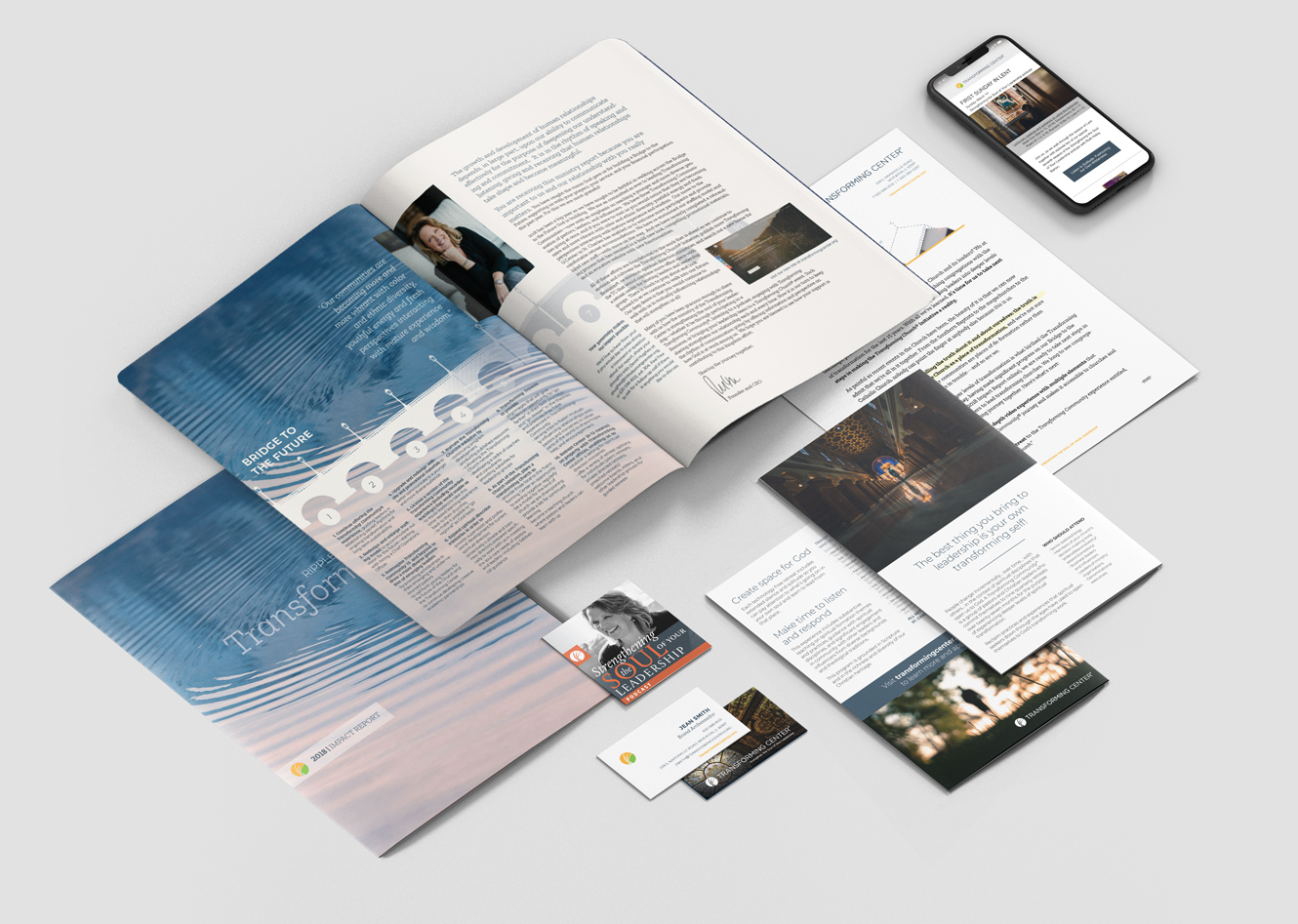How healthy is your brand?

We live in a visual culture. One could argue whether this is good or bad, but it is a reality that nonprofit leaders can’t ignore. Why? Because the implications are going to have a long-term financial impact on donations.
The new reality is that donors perceive organizations that look good as being more effective. It is vital for nonprofit leaders to take a closer look at the role of branding and make strategic changes. The good news is that those willing to craft stronger brands will be first in line to receive support from the next generation of donors.
A quick assessment
Does it seem cohesive? Does it inspire? Does it stand out? Or does it look like a pot luck dinner in a dingy church basement?
Your brand is defined by those who experience it—the cumulative effect of all the touches donors have with your organization. So every email campaign, every brochure and photograph—even your email signatures are communicating more than just information. They communicate emotions and feelings that are often in contradiction to the information presented. It is a valuable exercise to gather all the communication you do over a year and ask a few questions: Does it seem cohesive? Does it inspire? Does it stand out? Or does it look like a pot luck dinner in a dingy church basement? If you find that your nonprofit’s brand is not shining, you need to address some root problems with nonprofit communication.

How did nonprofits get there?
Embedded in the culture of many nonprofits is the idea that the only place money should be spent is for accomplishing mission. The roots of this culture go back to the days when conventional thinking was… the worse the organization looked means you were good stewards of donor resources. The result of this culture is to approach communication very haphazardly. When something needs to be communicated it often goes like one of these scenarios: “Oh, my neighbor’s nephew wants to be designer, he will do it for free.” Or… “My son’s buddy takes great pictures. He has a day job, but someday wants to become a photographer and will be cheap.” And one of my favorite… “The secretary can get the software and she is willing to put it together.” Even nonprofits that have a designer often hire someone with no experience who can’t provide strategic oversight. It is probably not hard to see why most nonprofit communication looks like a visual smorgasbord.

What is the best approach?
If you are now ready to take the first corporate job that comes your way, don’t give up! Culture is hard to change, and some of the factors that make so much nonprofit communication poor require cultural shifts that don’t happen overnight. Start by helping internal stakeholders see communication as integral to accomplishing mission instead of just communicating information. Collecting examples of good branding from similar organizations is a great way to start the conversation with leaders.
A great brand is not built in a day, but built over time—one good impression at a time.
Do something before you do everything
Branding is a broad topic and Spire2 has used multiple strategies to help nonprofit executives build a stronger brand and improve fundraising results. It starts with a no-obligation conversation. Contact Jeffery James at 630.923.5009 ext 700 or use get started form.




















